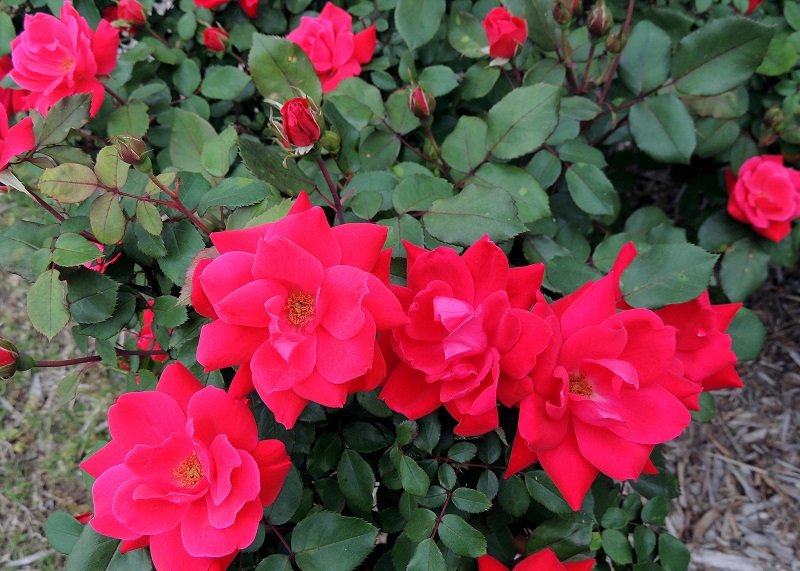AMAZON ASSOCIATES PROGRAM
AGreenHand.com is a participant in the Amazon Services LLC Associates Program, an affiliate advertising program designed to provide a means for sites to earn advertising fees by advertising and linking to Amazon.com. Additionally, AGreenHand.com participates in various other affiliate programs, and we sometimes get a commission through purchases made through our links.
